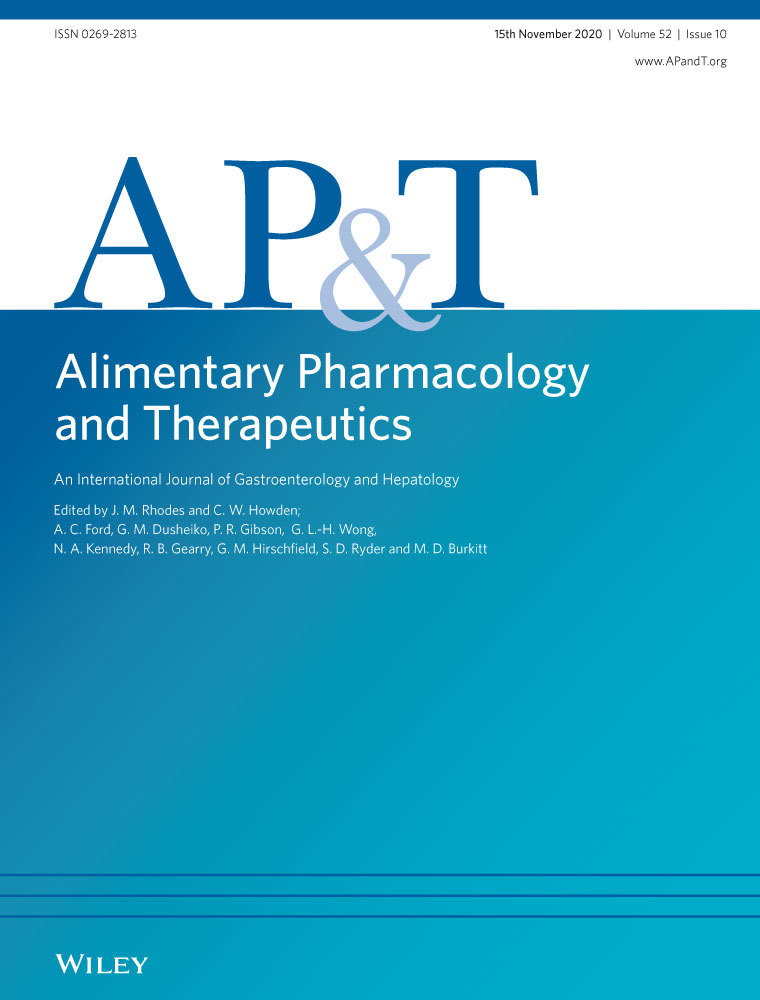Evaluating the optimum number of biopsies to assess histological inflammation in ulcerative colitis: a retrospective cohort study
The Handling Editor for this article was Professor Jonathan Rhodes, and it was accepted for publication after full peer-review.
Funding information
NVC holds a Research Scholar Award from the American Gastroenterological Association (AGA). BSB is supported by National Institute of Diabetes and Digestive and Kidney Diseases (NIDDK) K23DK123406. WJS is supported in part by the NIDDK-funded San Diego Digestive Diseases Research Center (P30 DK120515).
Summary
Background
The optimal ulcerative colitis biopsy protocol is unclear.
Aim
To evaluate the number of biopsies required to accurately assess microscopic disease activity in ulcerative colitis
Methods
Biopsies from patients with ≥4 rectosigmoid samples, and clinical and endoscopic data, were retrospectively obtained from a prospective biobank. Histology and endoscopic videos were read blindly. A 4-biopsy Robarts Histopathology Index (RHI) reference score, consisting of the worst item-level ratings from four biopsies, was compared to 1-, 2- and 3-biopsy estimates. Agreement was determined using bivariate errors-in-variable regression analysis (acceptance interval: ±8.25). Endoscopic activity and disease location subgroup analyses were also performed.
Results
Forty-six patients had ≥4 rectosigmoid biopsies available (N = 287). The 2-biopsy (tolerance interval: −7.66, 4.79) and 3-biopsy (tolerance interval: −4.86, 3.46) RHI scores demonstrated acceptable agreement with 4-biopsy scores. One-biopsy scores demonstrated unacceptable agreement (tolerance interval: −13.99, 7.78). Mean RHI scores using the 2-, 3- and 4-biopsy approaches were similar (6.1 ± 9.6 P = 0.36; 6.8 ± 10.5, P = 0.7; 7.5 ± 11.2), whereas the 1-biopsy estimate was lower (4.4 ± 8.1, P = 0.06). Histological remission rates were identical for the 2-, 3- and 4-biopsy methods (65.2%, P = 1.0). Subgroup analysis demonstrated that three biopsies were required in patients with endoscopically active disease. Sampling additional colonic locations yielded lower histological remission rates compared to rectosigmoid sampling alone (33.3% vs 61.9%, P = 0.1).
Conclusions
A minimum of two — conservatively, three — biopsies are required to reliably assess disease activity in a single colonic segment using the RHI. Further studies are needed of endoscopically active patients and sampling locations. These results have implications for biopsy strategies in clinical trials and practice.
Open Research
DATA AVAILABILITY STATEMENT
The data that support the findings of this study are available from the corresponding author upon reasonable request.




